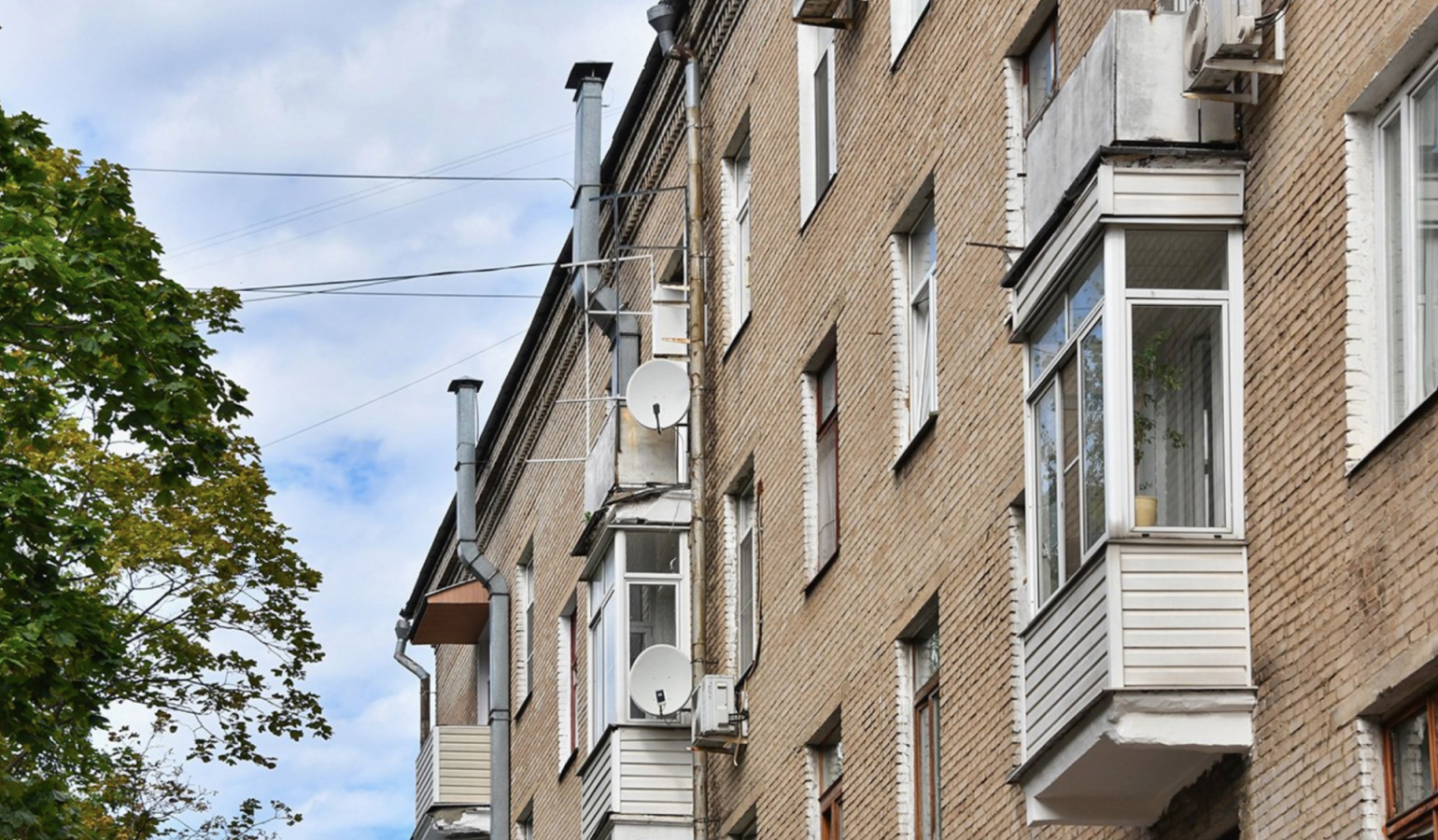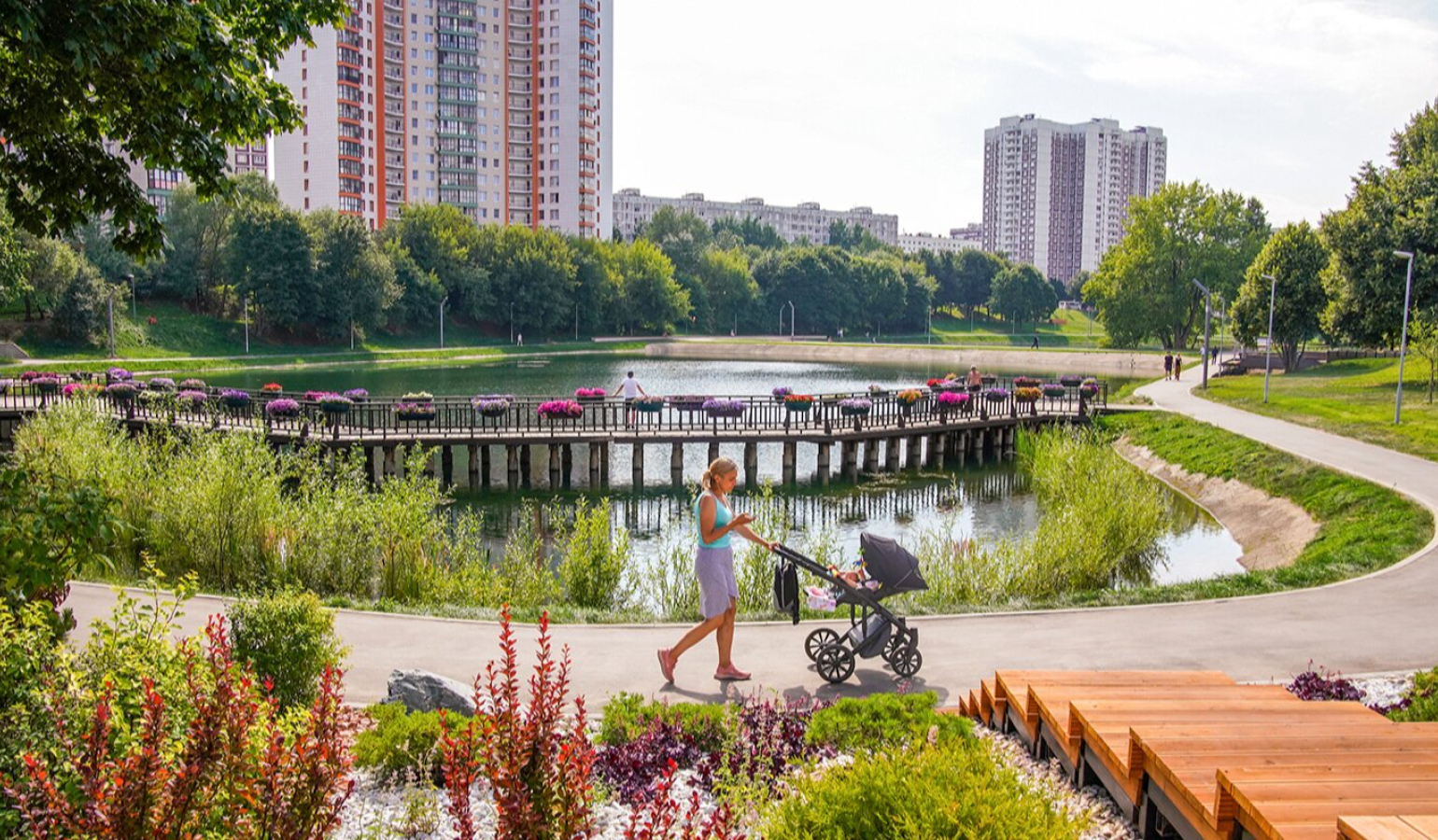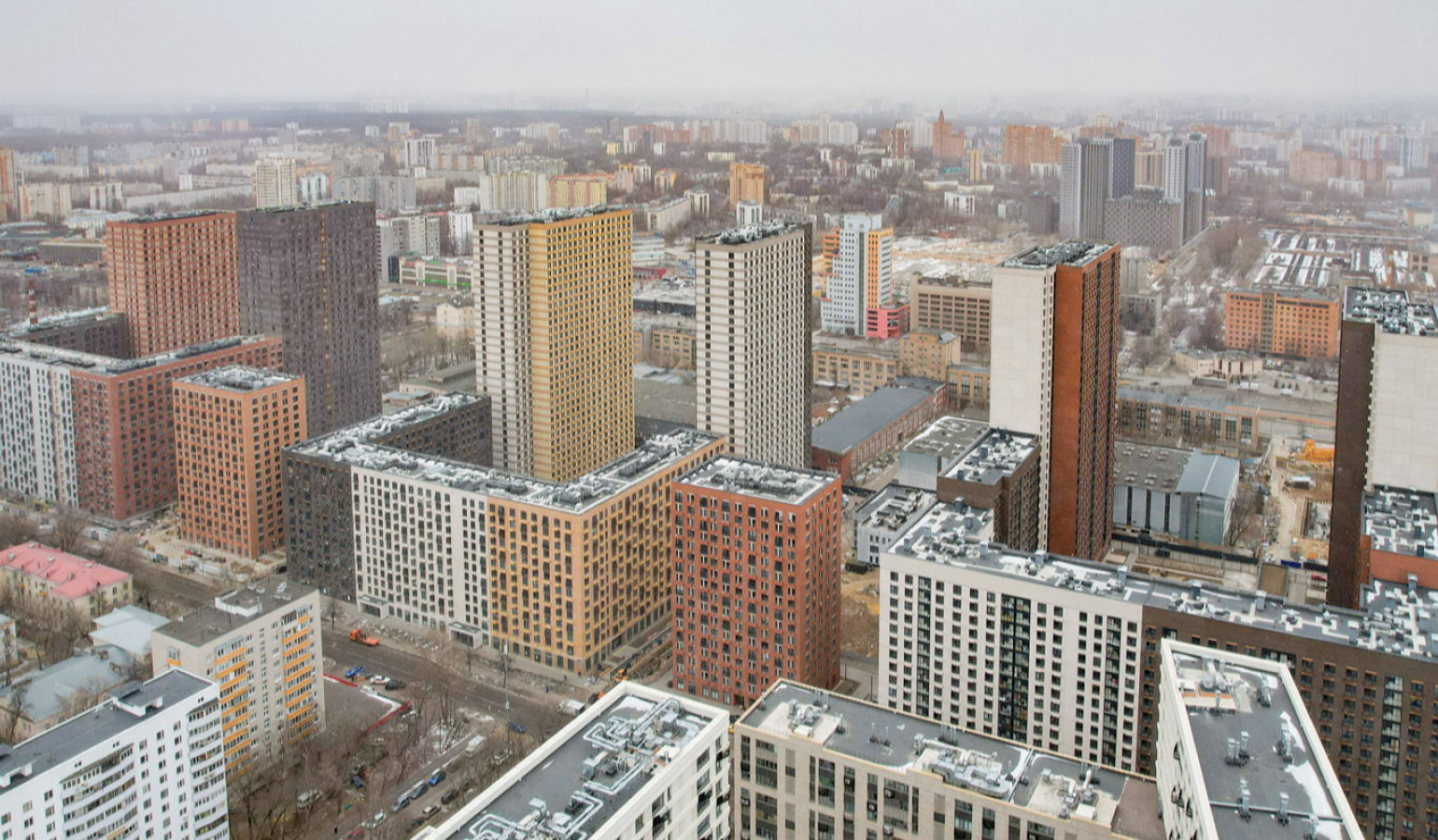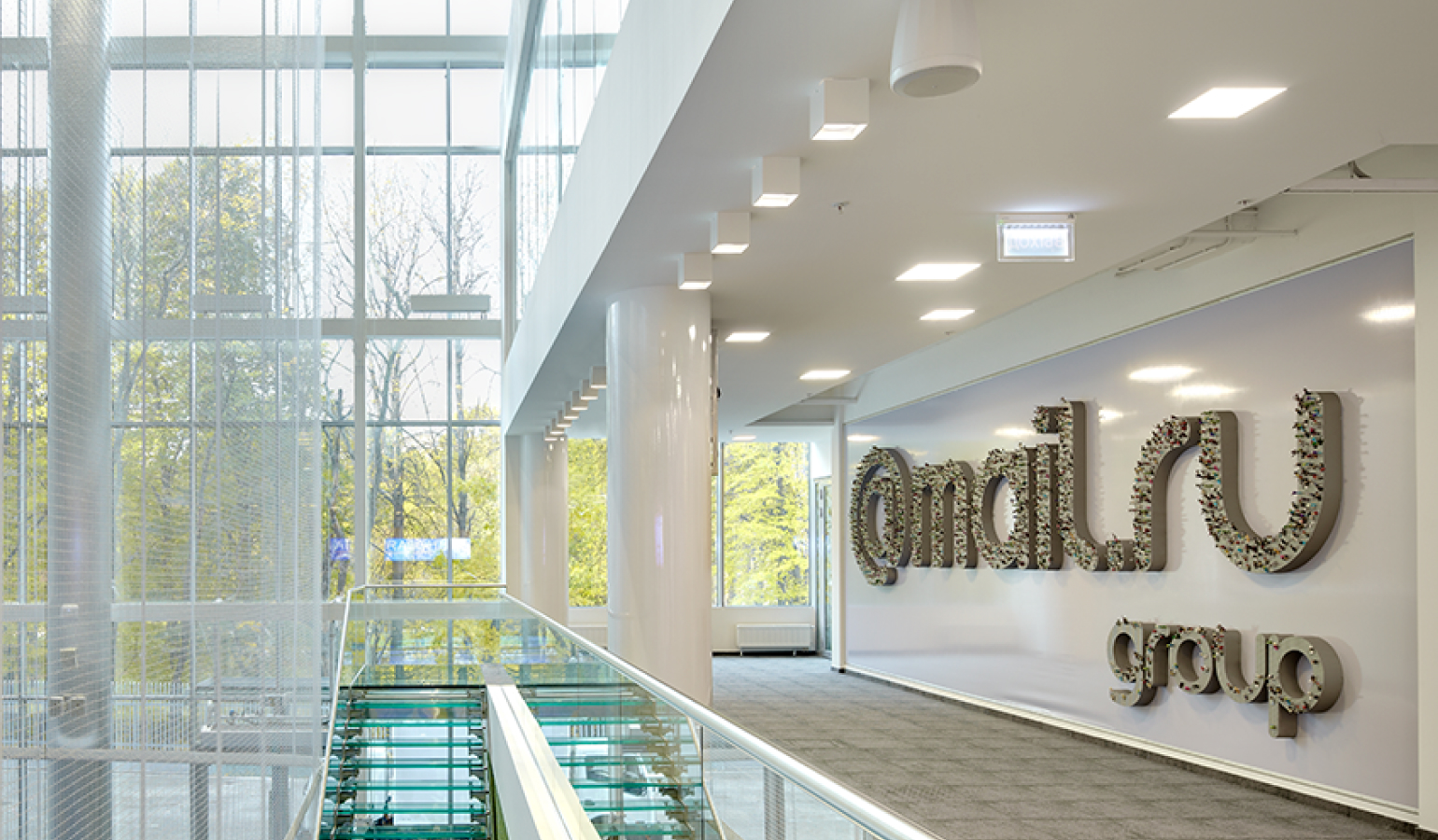In recent years, the priorities of the development strategies of world megacities have changed: the achievement of sustainable development goals, including combating climate change, modernizing infrastructure and switching to alternative energy, has come to the fore. Urban studies, the science of the development of urban communities, which is at the intersection of ecology, architecture, economics, sociology, geography and public administration, helps to bring the environment of the “stone jungle” closer to the ideal.
System strength
Moscow regularly hosts urban forums (for example, this year it takes place from 1 to 21 August in the Manege). On them, the world’s megacities present their achievements in the “green” transformation of the urban environment. Now that the world is focused on combating climate change, urban issues are seen first and foremost through the lens of sustainable development. For modern megacities it has become the norm:
- monitor the state of the environment and compensate for the damage caused to nature, for example, by planting trees in place of those that have been cut down;
- sort and recycle garbage, rather than replenish landfills with it;
- use environmentally friendly materials, the production of which leaves a minimal carbon footprint;
- give preference to local products;
- restore natural catchment systems;
- create parks and other green areas, equip paths and parking for cyclists;
- reduce resource consumption by installing modern communication systems and thermal insulation of buildings;
- strive to switch to alternative energy sources.
All this should be taken into account at the stage of creating urban infrastructure projects, since it is difficult to fully adapt the existing infrastructure to the principles of sustainable development. Where it is easier to start from scratch than to correct what is already there, a renovation program comes into play. Thus, the demolition of dilapidated Moscow five-story buildings built in the 1950s-1970s will reduce the consumption of heat and electricity by their residents by 30-40%, and water — by 40-50%. With this in mind, greenhouse gas emissions, which accelerate global warming, will decrease by 0.24 million tons per year.
 Photo: press service of the Moscow Mayor and Moscow Government
Photo: press service of the Moscow Mayor and Moscow Government
Individual approach and balance
The main principle of the development of modern megacities, including Moscow, is an individual approach and balance. All districts of Moscow are unique, and when designing changes, it is necessary to take into account their features. The opinion of citizens is also important. Muscovites themselves do not stand aside and actively participate in the “My District” program, voting for how their house or yard will change.
One of the topics of the 2021 Urban Forum was the benefits of the ecosystem approach for construction companies. As a rule, “green” residential complexes become premium, which is reflected both in the price of real estate and in the demand for it. At the same time, the cost of erecting such buildings differs slightly from traditional ones. This destroys the stereotype that caring for the environment requires significant costs and does not pay off.
Rating of world cities in terms of implementation of urban solutions
Moscow took third place in the ranking of the best cities to live, compiled by the international consulting company Boston Consulting Group, which was included in the “big three management consulting”. The capital of the Russian Federation was ahead of Sydney, Singapore, Paris, Tokyo and Berlin, losing one point only to New York and London. And in the rating of the United Nations “City Prosperity Index”, Moscow became the leader in terms of infrastructure development (with a score of 83.2 points) and quality of life (68.33). Hong Kong (78.16) and Paris (76.3) ranked second and third in the “Infrastructure Development” category, while Singapore (67.21) and Hong Kong (63.43) ranked second and third in the “Quality of Life” category.
Climatic factors in Moscow urban planning
The climate of the region is the leading factor determining the features of urban planning. The following indicators are of particular importance:
Air temperature
Over the past 60 years, the average annual temperature in Moscow has risen by 2.4°C, but the capital is still the coldest metropolis in the world. Therefore, when erecting buildings, the following solutions are used here:
- arrangement of swivel vestibules (“revolving doors”), dissecting air currents and preventing the penetration of cold inside, and heat — outside;
- connecting buildings with insulated transitions;
- the use of fences with modern porous or sponge insulation, 90-95% air;
- increasing the width of buildings.
All these techniques can reduce heat loss.
Air humidity
The problems of all megacities are high humidity and oxygen deficiency. To combat this, many large parks have been set up in Moscow. Trees are natural dehumidifiers and air purifiers, real “lungs” of the city.
 Photo: press service of the Moscow Mayor and Moscow Government
Photo: press service of the Moscow Mayor and Moscow Government
Wind regime
In areas with strong winds, buildings are made denser. And where it is necessary to increase air circulation, more free space is left between buildings. The wind regime is also taken into account in complex development: houses are arranged in the form of the letters “П”, “С” or “О”.
 Photo: press service of the Moscow Mayor and Moscow Government
Photo: press service of the Moscow Mayor and Moscow Government
Daylight
There are quite a few sunny days in Moscow — only 72 a year. At the same time, due to the long period of cold weather, the architecture of most houses in the capital lacks terraces, balconies, patios, which are popular in countries with a Mediterranean climate. But recently, more buildings with panoramic windows have begun to appear, letting in maximum light into the room.
 Photo: press service Mail.Ru Group
Photo: press service Mail.Ru Group
City for everyone
Moscow has managed to become a “city for everyone” — with a developed social and transport infrastructure, well-maintained streets and a historical center, and a variety of public spaces. It is comfortable for everyone to be here — regardless of gender, age and interests.
Despite the growth of automobile traffic, the ecology of Moscow is improving. Thanks to the development of the road network, new, shorter routes of traffic are emerging, reducing emissions from vehicles. As a result, the concentration of carbon monoxide near highways decreased by 2.5 times compared to 2011, nitrogen oxide and sulfur dioxide — by 2-2.5 times, nitrogen dioxide — by 1.08 times.
In the near future, the transformation of the capital will not stop. The Moscow government regularly sets new ambitious goals and achieves them, inspired by the example of other developed megacities of the world.
Author: Vera Zhikhareva
Cover photo: press service of the Moscow Mayor and Moscow Government








Comments